Through model-making and CAD design, I try to bring these innovations to life and share them on my YouTube channel. One aircraft, in particular, has long held my attention: the Concorde. Its aerodynamic profile, technological complexity, and iconic nose design represent the pinnacle of civilian aviation. That’s where my latest project began.
From Fan to Maker: Why I Recreated the Concorde’s Nose
The Concorde has captivated generations of engineers, designers, and aviation fans. I’m no exception. Over the years, I’ve built around ten flying models, each an experiment in aerodynamic design. But something was missing—something my viewers were quick to point out. “Where’s the nose mechanism?” they asked. And they were right. The characteristic droop nose, which tilts down during takeoff and landing to improve pilot visibility, is not only functional but symbolic.
Building a functional version of it, however, presented a major challenge. In a flying model, the mechanism would be too fragile, too complex, and simply too heavy to work reliably. But in a static model, those constraints vanish. I realized I could scale up the design, increase the weight, and focus entirely on mechanical accuracy. This opened the door to capturing the full transformation sequence of the Concorde nose—something rarely seen outside of museum archives.
Designing a Mechanism That Moves Like the Real Thing
To recreate the Concorde’s nose, I had to simulate a precise sequence of movements involving over 20 rigid parts that rotate and shift with minimal clearance. This transition from one fixed form to another requires more than just visual accuracy—it demands mechanical harmony. The parts must move in sync, without warping, bending, or jamming under pressure.
I used Rhinoceros (Rhino) for 3D modeling. Its NURBS-based surface modeling gave me the flexibility to design organic curves and transitions while maintaining precise control over part dimensions. Rhino also allows for intuitive manipulation of surfaces and assemblies, which was critical in visualizing and refining the moving parts of the mechanism. After several design iterations (18 in total) and movement simulations, I arrived at a configuration that mimicked the real nose operation—one that viewers could recognize and engineers could respect.
For the physical prototype, I selected Selective Laser Sintering (SLS) using PA12 nylon. This combination offered the durability and dimensional accuracy I needed, while being light enough to preserve the model’s integrity and strong enough to handle repeated use. I ordered the parts through Xometry’s on-demand manufacturing service, which allowed me to test my designs without investing in a printer or tooling—a crucial advantage when working with small volumes and evolving prototypes.
Simulating Aerospace Precision in a Static Model
One of the core challenges was capturing the feel of the real mechanism—not just its shape. The Concorde’s nose doesn’t simply fold or hinge; it transforms with smooth, deliberate motion. That meant designing interlocking parts that allowed for controlled, reliable movement. The tolerances had to be tight enough for the model to hold its shape, but forgiving enough to allow for assembly and use.
Through motion simulations in Rhino (the visor and nose cone fit required several CAD simulations), I was able to anticipate how each component would behave under load. I paid particular attention to stress points and contact areas. The final design balances realism with robustness—staying true to the original mechanism while remaining manageable for a tabletop demonstration model. The result is a working display that shows exactly how the Concorde’s nose would operate—without the risk of breaking during handling.
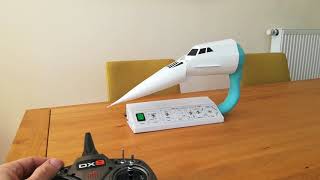
Turning Enthusiasm into Real-World Impact
The response to the prototype has been overwhelmingly positive. Aviation fans, engineers, and even casual viewers have expressed enthusiasm—not only for the fidelity of the model but also for its educational potential. In fact, several museums have already shown interest. Many institutions exhibit the Concorde, but few can demonstrate the nose movement due to the mechanical upkeep required. This model could fill that gap, offering a hands-on way to show one of the aircraft’s most distinctive features.
Some viewers have also reached out about purchasing kits to build their own version at home. This opens up the possibility of small-scale production—a future I’m currently exploring. Turning the prototype into a modular kit would require further development, including documentation, part optimization, and possibly even redesigns for easier assembly. But the interest is there, and that’s deeply motivating.
Bringing Aerospace History to Life, One Project at a Time
This project is more than a technical exercise—it’s a way to connect with others who share a love for aviation and design. It blends creativity and engineering in a tangible form, bringing one of the most iconic pieces of aerospace history to a wider audience. I see this as the start of a broader journey. I have other ideas in the pipeline—from spaceflight mechanisms to aircraft structures—and I’m excited to continue exploring them through the same hands-on, design-driven approach.
With the support of digital manufacturing services, I can keep focusing on the part I love most: designing innovative objects that merge precision and creativity.
Have you ever tried to recreate a complex mechanical feature in a model—or are you planning to? We’d love to hear your thoughts, questions, or ideas for improvement.
Manufacturing stories & cases
Share your engineering or manufacturing story
If you want to share your story with others on xometry.pro, just fill out a short form
 Europe
Europe  Türkiye
Türkiye  United Kingdom
United Kingdom  Global
Global 

 Login with my Xometry account
Login with my Xometry account  0
0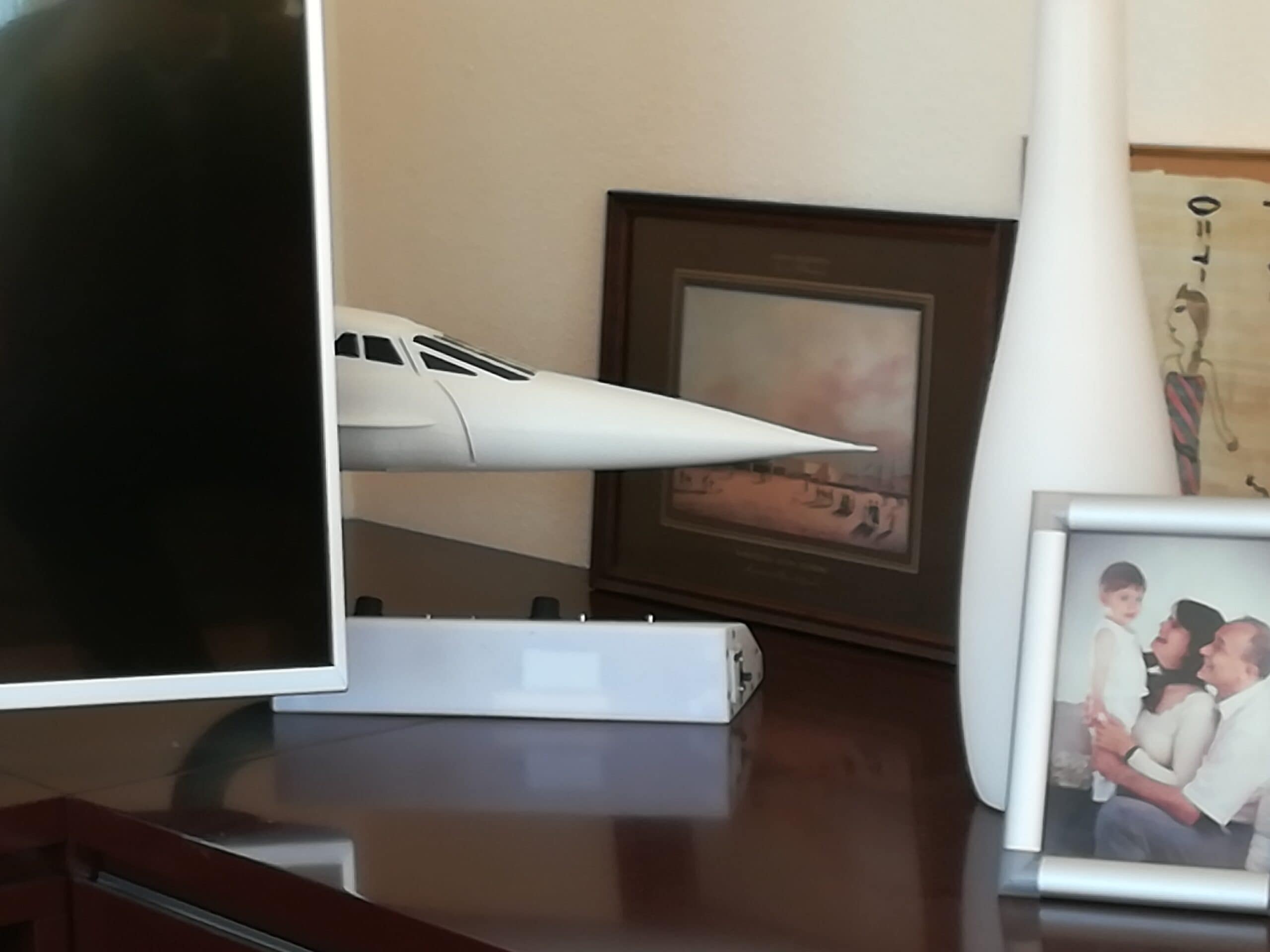


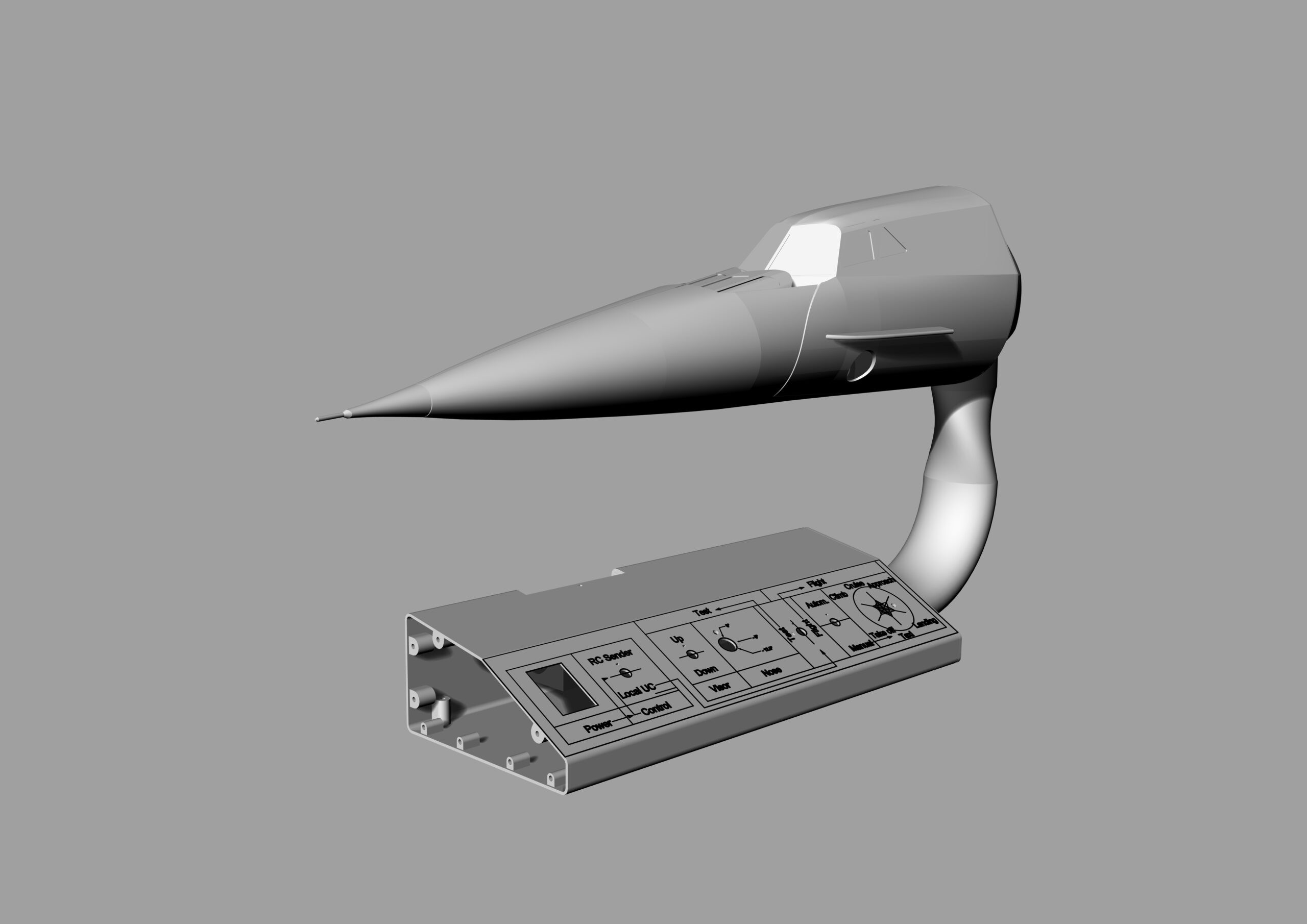
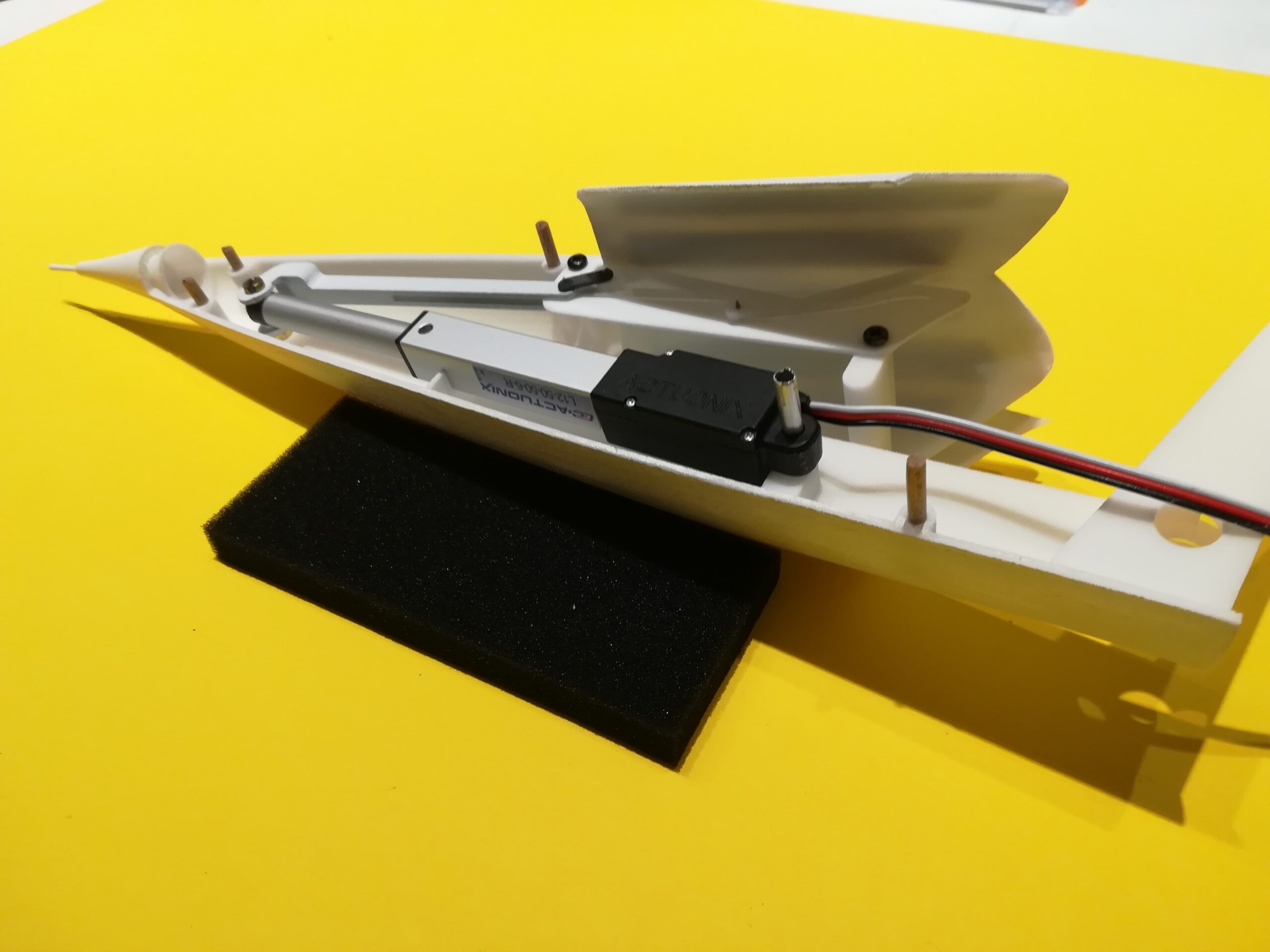


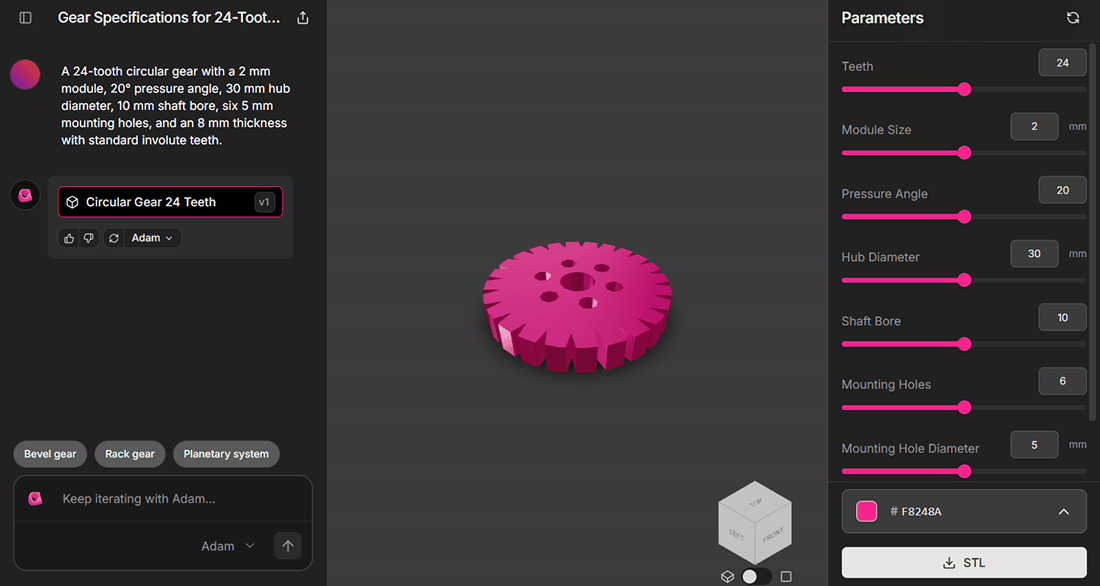
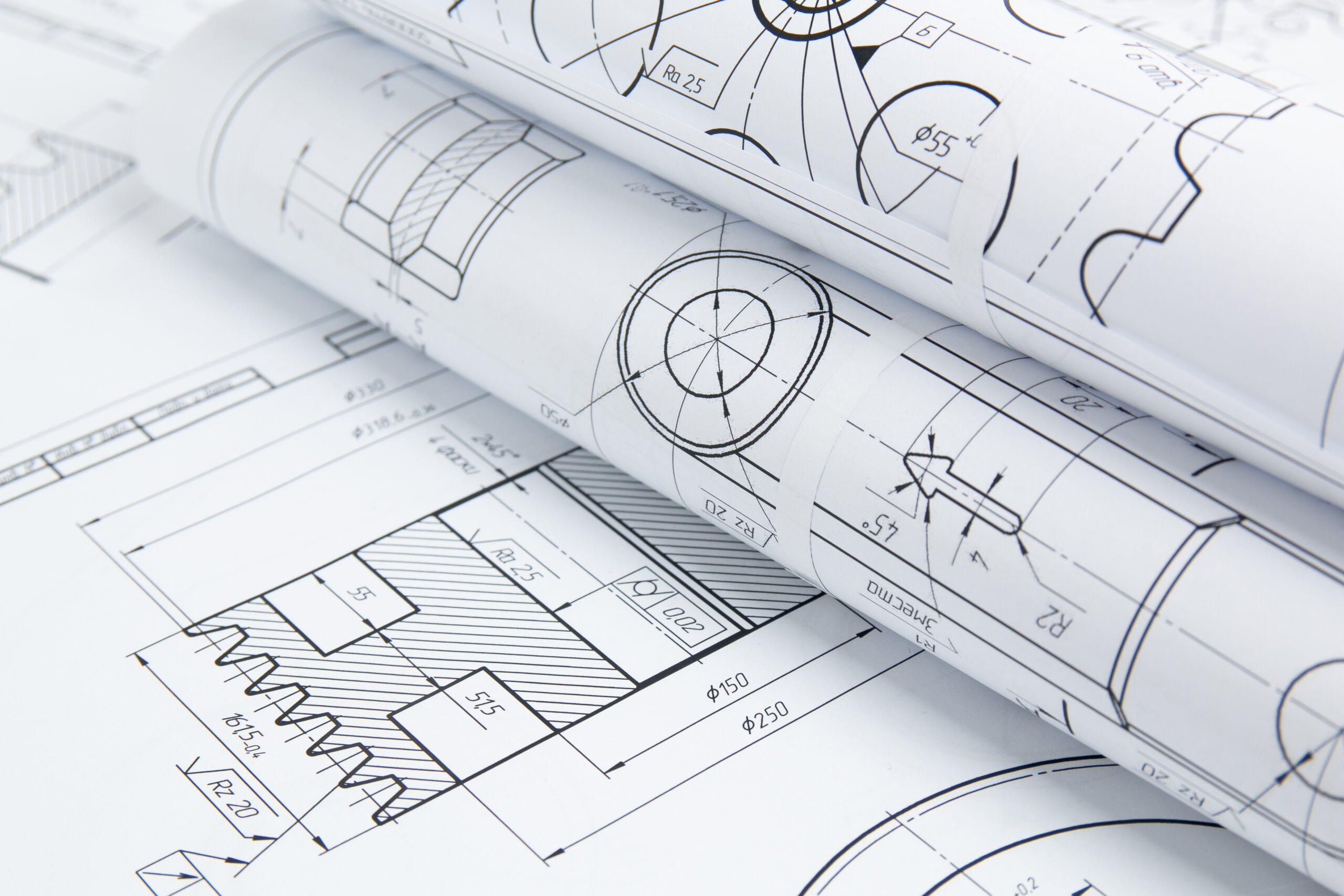

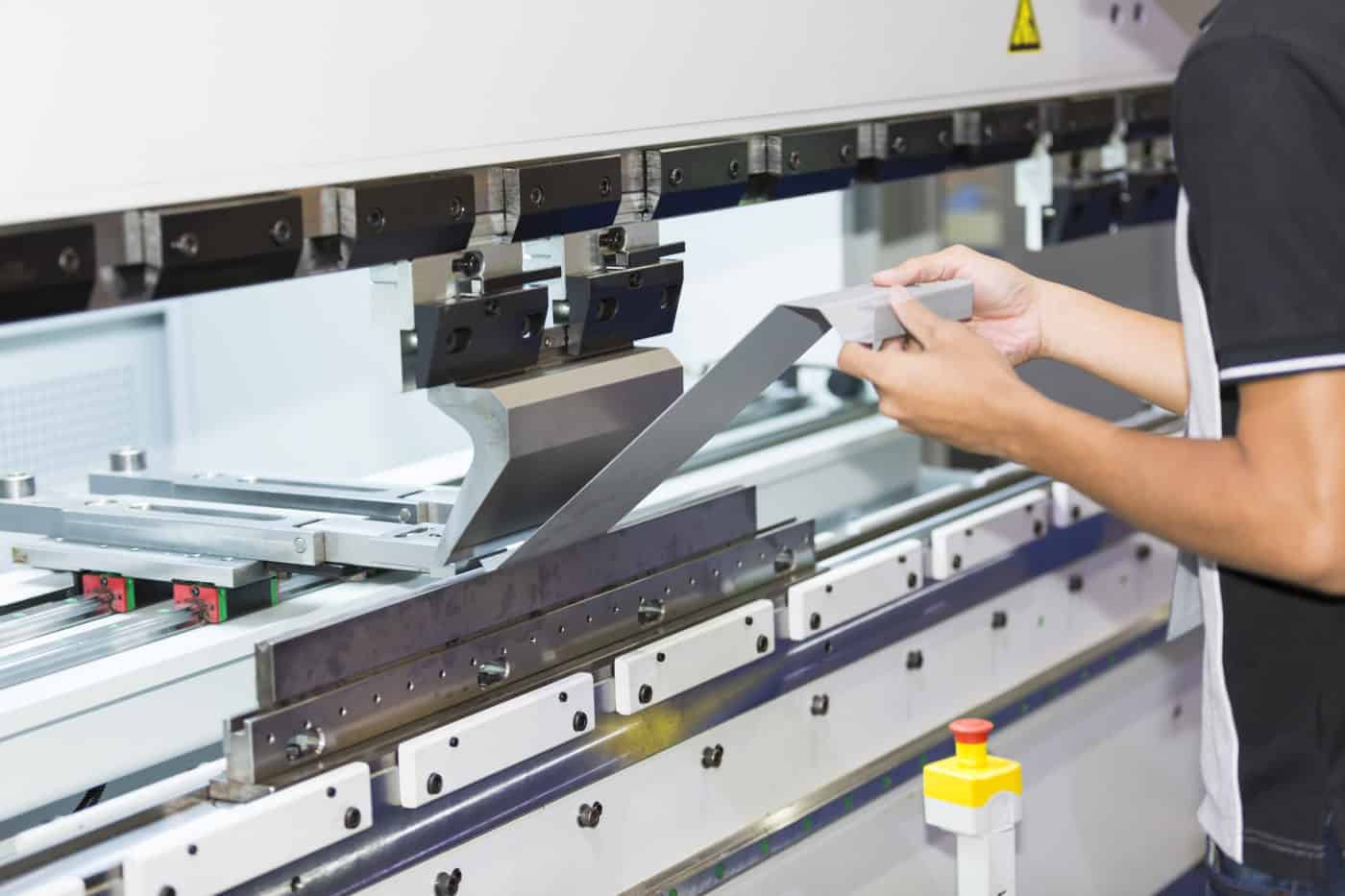

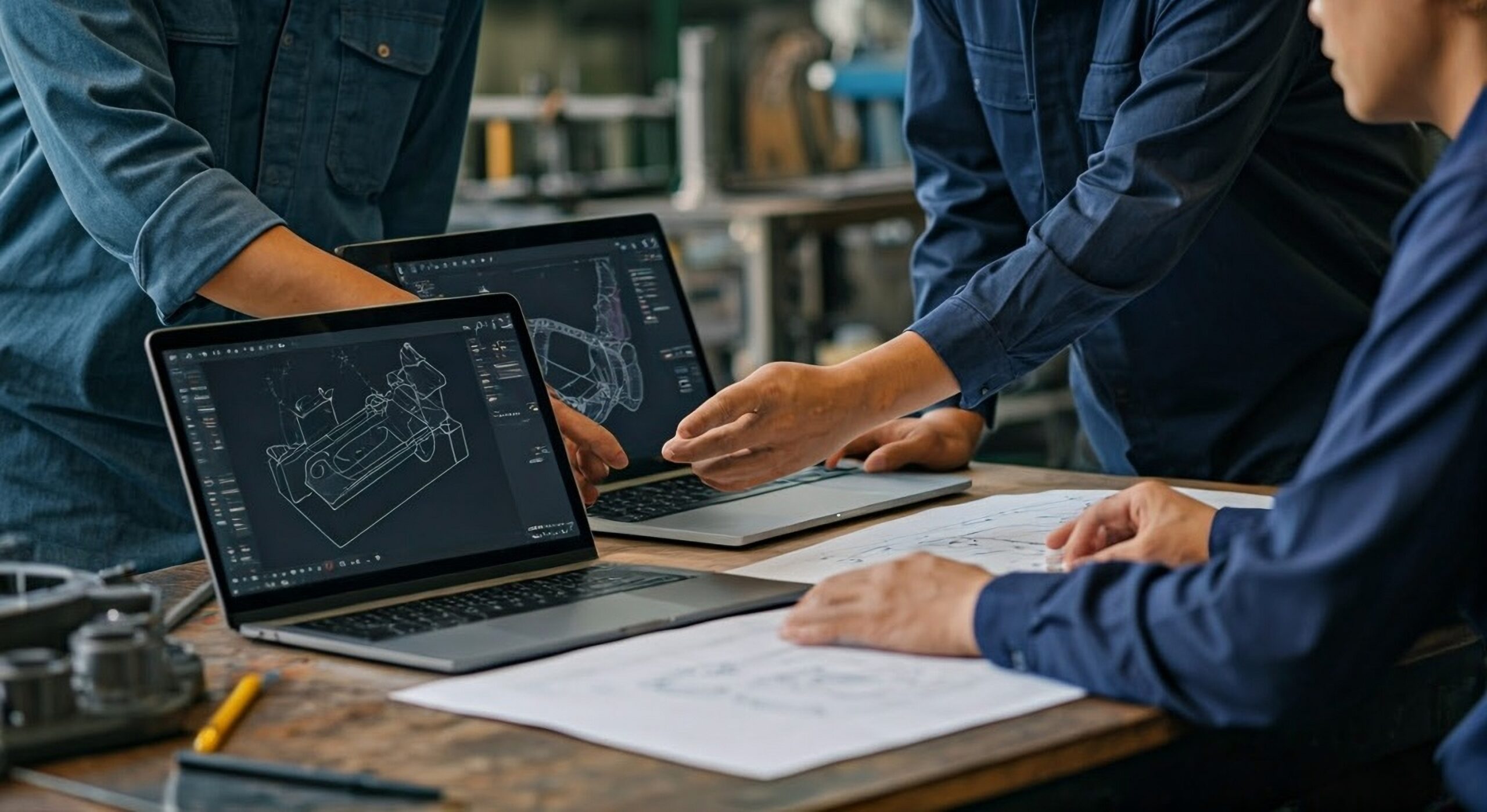


Comment(0)